Your guide to the night sky this month
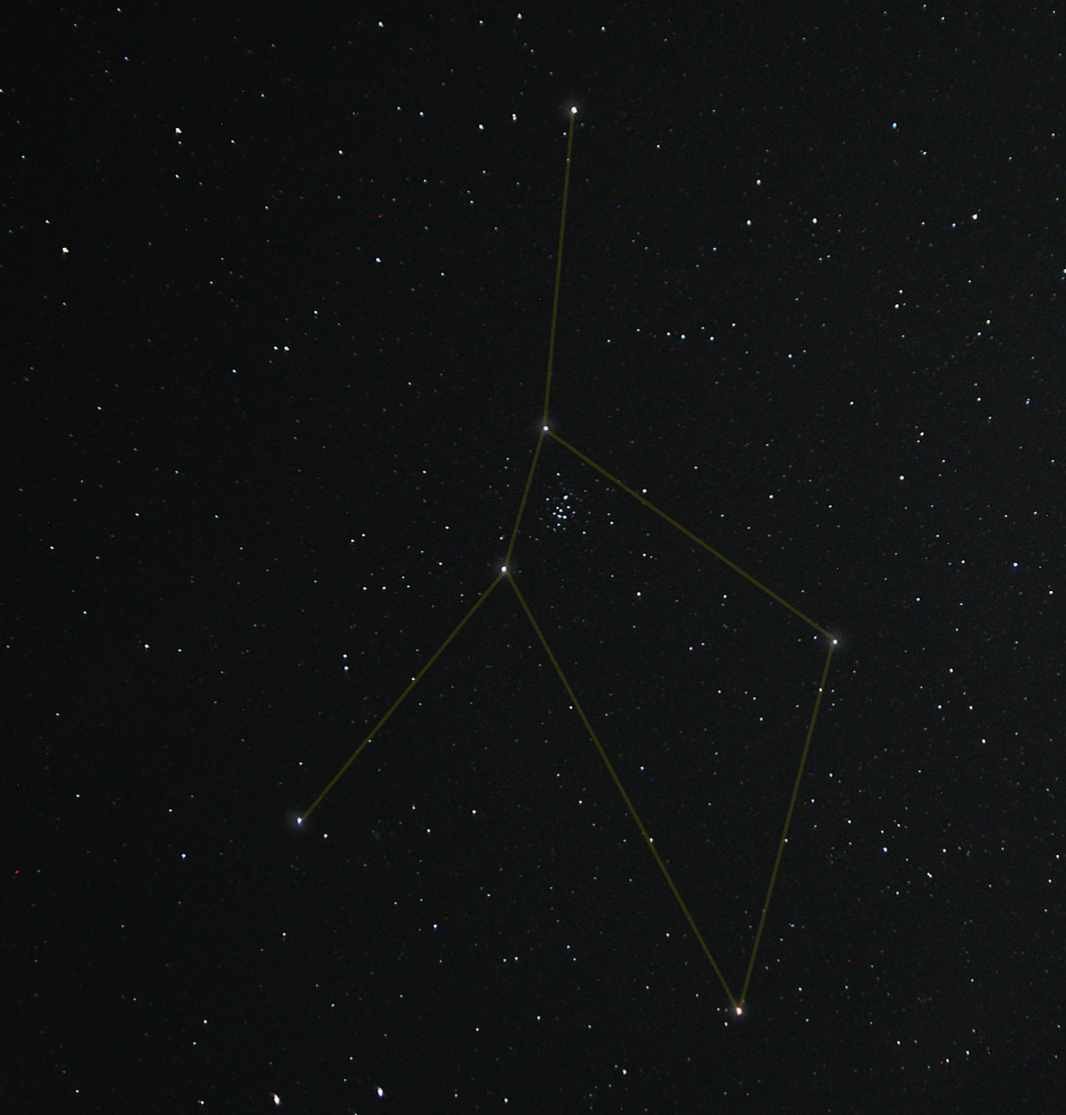
8 Saturday
As the Moon moves out of the way, this is a good time to try for our Deep-Sky Tour targets, which this month are located in Cancer.
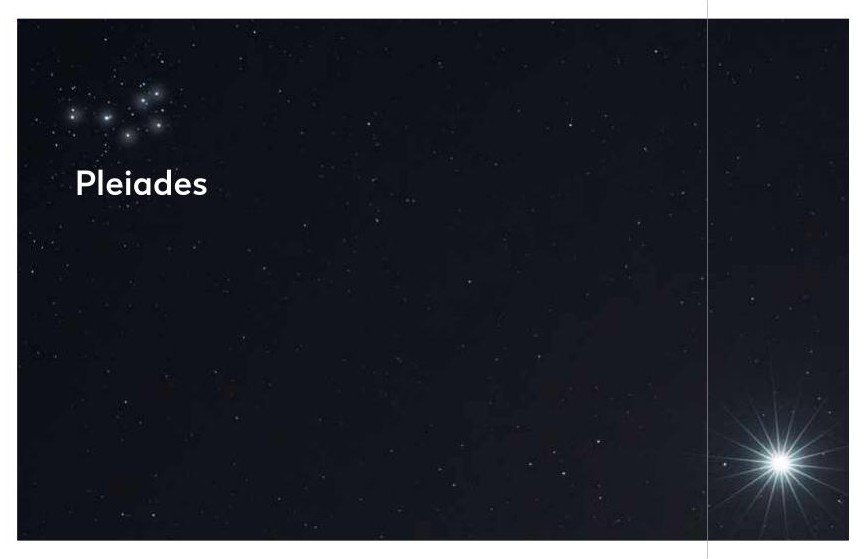
9 Sunday
As the sky darkens this evening, mag. –3.9 Venus is south of the Pleiades open cluster. Closest approach is tomorrow evening when they appear 2.7° apart.
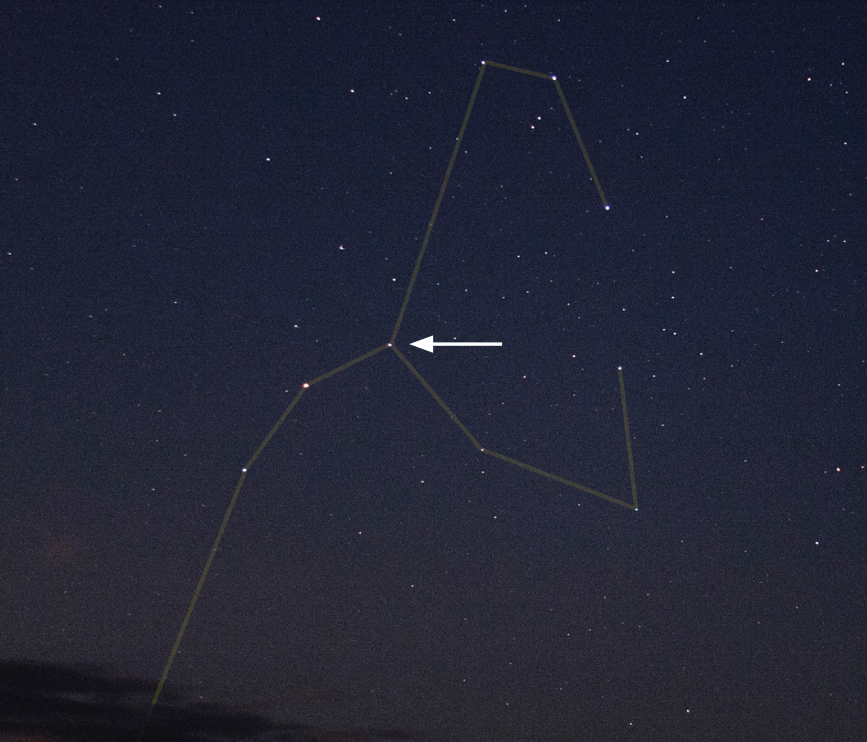
10 Monday
The 83%-lit waning gibbous Moon occults mag. +2.9 Alniyat (Sigma (σ) Scorpii) around 03:35–04:30 BST (02:35–03:30 UT). The Moon will be less than 2° from mag. +1.0 Antares (Alpha (α) Scorpii) at this time.
11 Tuesday
Mercury reaches greatest eastern elongation, when it’s visible 19.5° from the Sun in the evening sky after sunset.

12 Wednesday
Lunar libration currently favours the Moon’s northern limb, with favourable phase lighting revealing many of the jumbled craters located in this region.
13 Thursday
Venus is positioned between the Pleiades and Hyades open clusters today.
14 Friday
Mag. +1.2 Mars sits 9.5 arcminutes from mag. +3.0 Mebsuta (Epsilon (ε) Gemininorum) this evening.
15 Saturday
A good day to align sundials, as the difference between the apparent and mean Sun align today (equation of time = zero). The Sun is due south at midday UT. See the Sky Guide Challenge.
18 Tuesday
Venus is north of the Hyades. With the Moon out of the way, this is a great opportunity to grab a photo of Venus, the Hyades and Pleiades together.
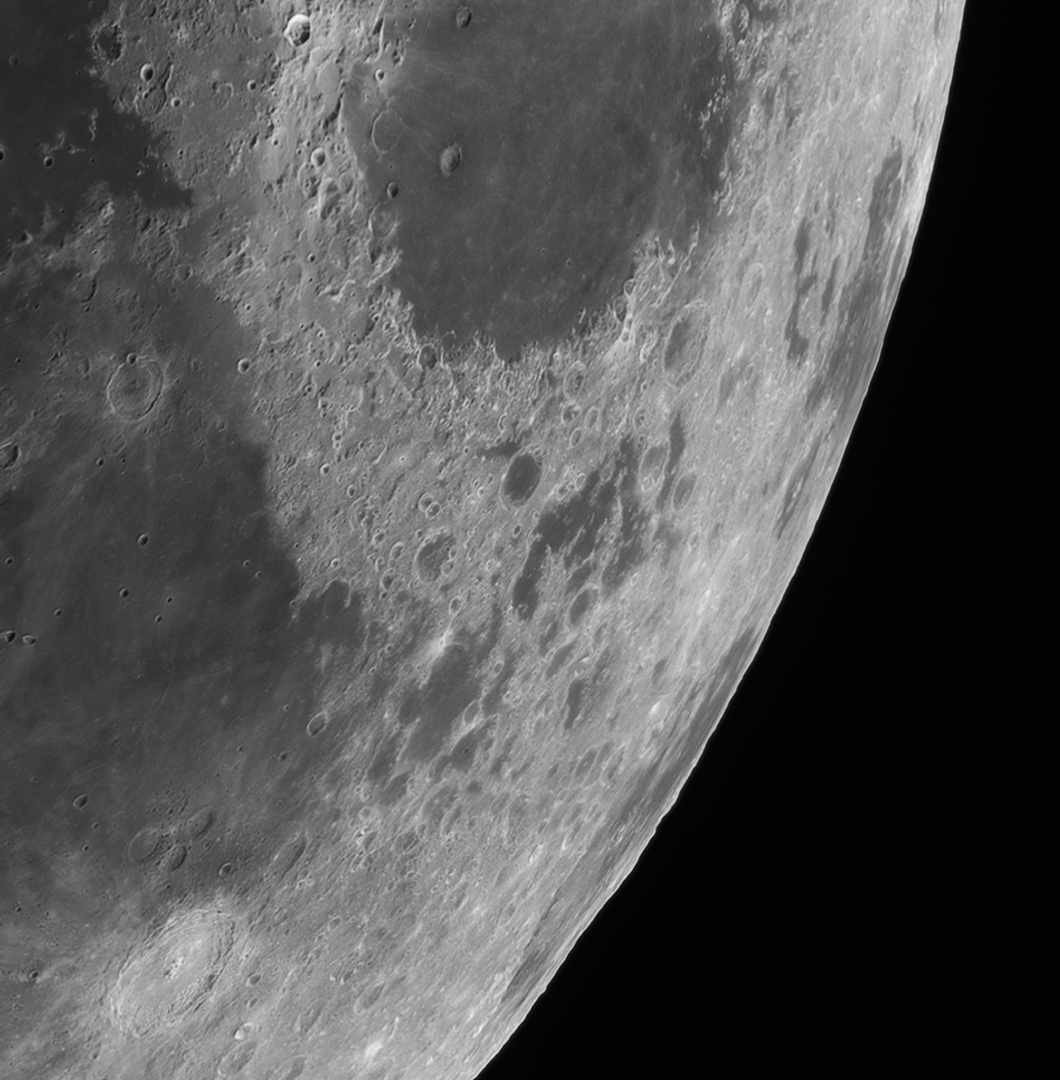
20 Thursday
As the Moon moves out of the glare of the Sun over the next few evenings, libration will favour the eastern limb.
21 Friday
A tricky trio is visible low above the west-northwest horizon after sunset: Mercury, Uranus and a slender 3%-lit waxing crescent Moon.
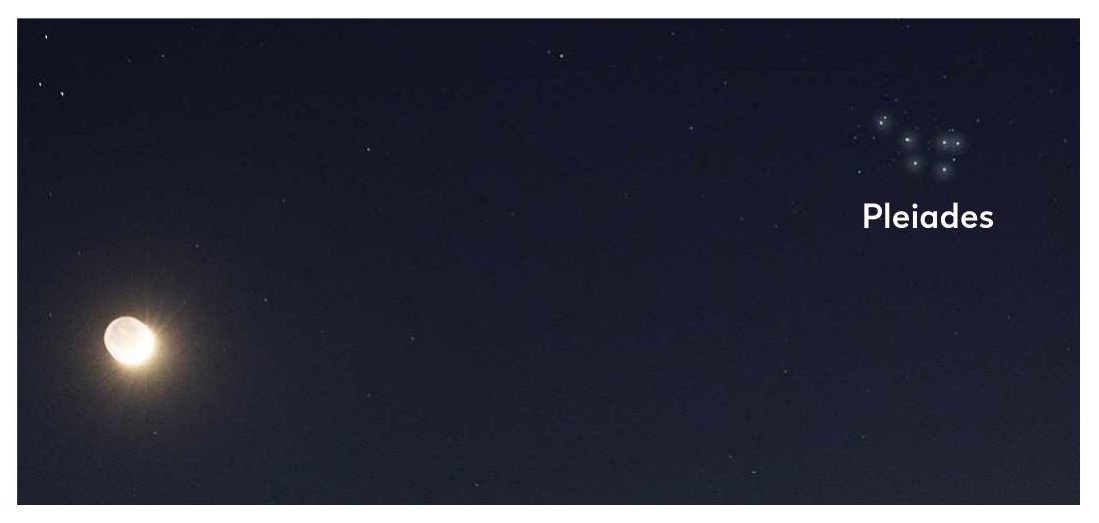
22 Saturday
The waxing crescent Moon is near the Pleiades tonight.
It sets around 23:50 BST (22:50 UT), making this year’s Lyrid meteor shower, which peaks tonight, favourable.
23 Sunday
The Moon and Venus appear close at sunset, separated by less than 3°. Earlier, at 12:30 BST (11:30 UT), the pair are 0.7° apart.
25 Tuesday
This evening and into tomorrow morning, just before they set, the 32%-lit waxing crescent Moon sits close to mag. +1.3 Mars.
27 Thursday
This evening’s first quarter Moon sits 3° north of the Beehive Cluster, M44.
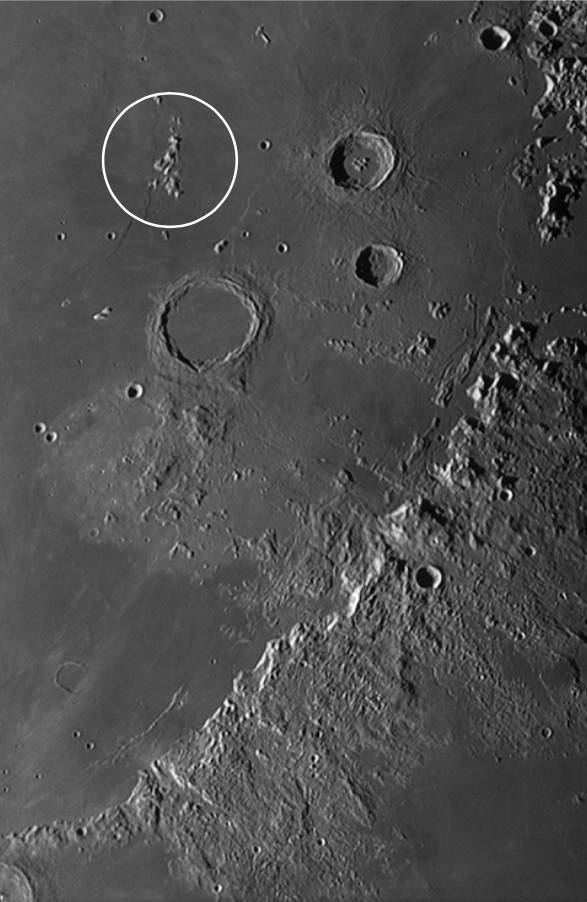
28 Friday
Although not ideally placed, a telescope view of the Moon this morning will show a good presentation of this month’s Moonwatch target, Montes Spitzbergen.
30 Sunday
Minor planet 7 Iris reaches opposition, when it will be shining at mag. +9.6 against the stars of Libra.
Family stargazing
Venus will appear near the beautiful Pleiades open cluster this month. This is conveniently placed and timed in the evening sky. Closest approach is on 10 April, but the approach and separation can be seen on the days before and after this. If it’s clear, head outside and suggest making a drawing of the encounter based on what can be seen with the naked eye. The Pleiades are also known as the Seven Sisters, so use this opportunity to ask how many of the cluster stars you can see. bbc.co.uk/cbeebies/shows/stargazing
NEED TO KNOW
The terms and symbols used in The Sky Guide
Universal Time (UT) and British Summer Time (BST)
Universal Time (UT) is the standard time used by astronomers around the world. British Summer Time (BST) is one hour ahead of UT
RA (Right ascension) and dec. (declination)
These coordinates are the night sky’s equivalent of longitude and latitude, describing where an object is on the celestial ‘globe’
Naked eye
Allow 20 minutes for your eyes to become dark-adapted
Photo opp
Use a CCD, planetary camera or standard DSLR
Binoculars
10×50 recommended
Small/medium scope
Reflector/SCT under 6 inches, refractor under 4 inches
Large scope
Reflector/SCT over 6 inches, refractor over 4 inches
GETTING STARTED IN ASTRONOMY
If you’re new to astronomy, you’ll find two essential reads on our website. Visit bit.ly/10_easylessons for our 10-step guide to getting started and bit.ly/buy_scope for advice on choosing a scope
MORE ONLINE
For Paul Abel and Pete Lawrence’s night-sky highlights for the month, see our Virtual Planetarium at
www.skyatnightmagazine.com/bonus-content/9BN84GZ